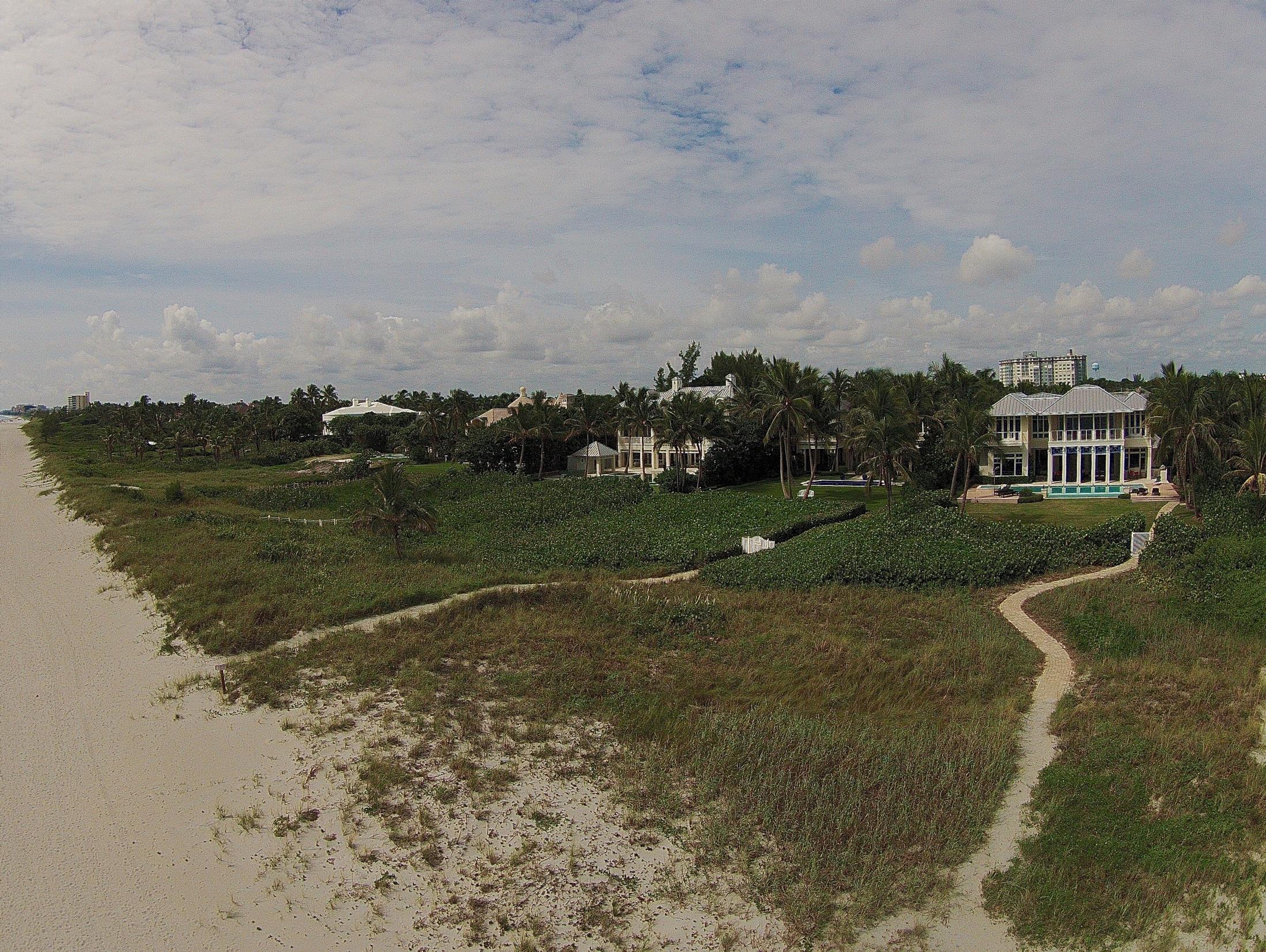Presented at the South Florida Native Plant Seminar
October 18-19, 2023


Presented at the South Florida Native Plant Seminar
October 18-19, 2023











not so much

definitely not good



HAWAIIAN SEAGRAPE, Scaevola taccada. A large sprawling competitive shrub. Recruits aggressively from white seeds. Florida
Exotic Pest Plant Council Category I invasive exotic. Specimen at B-123


From Delray Public Beach, prior to eradication
PEPPER, Shinus terebinthifolia, a sprawling shrub and heavy seeder, infests coastal and inland areas. Specimen across from the Marriot main entrance. FLEPPC Category 1 invasive exotic species.


LILAC, Vitex trifolia . A large upright shrub, escaped from cultivation, overshadows and crowds native grasses and strand species. Specimen at PARKING meter B-118. FLEPPC CATEGORY II.


LEAF, Colubrina Asiataica. A profuse seeder, like most of the other invasives, overshadows and displaces natives with typically single plant masses. Specimen at meter B-119. FLEPPC Category I.


, Ceasalpinia bonduc, is a thorny overshadowing native vine, which forms dense invasive mats and kills large areas of beneficial plants below. Specimen at parking meter B-180.


St. Augustine grass, Stenotaphrum secundatum, is a common turfgrass escaped from cultivation, which invades dunes and competes with native pioneer zone species. Large area at parking meter B-85 –B-90.


PLANT, MOTHER IN LAWS TONGUE, Sanseveria species. An escaped landscape plant that is difficult to eradicate once established since root fragments regrow. FLEPPC Category II. Meter B-160

• All these plant species are to be removed from the dune, by hand or mechanical means and stopped from regrowth by a program of regular inspection and seedling control, as a condition of FDEP dune pruning permits.
COIN VINE, Dalberghia ecastophylum. A native but invasive overshadowing vine, with floating seeds. Kills large areas below within a few years of establishment. Specimen and large mass at meter B-168


can be invasive too.

..single 3 year old plant with 36 leads to 30 feet long


3 plants, 3 years, 500 square yards, $4K repair



STRAND ZONE (Scrub): palmettos, and shrubby species


Deep roots resist wave scour during storms.






75 foot seaward expansion, 5 vertical feet sand capture

Often done incorrectly with wrong plants, wrong place.


Original 1981 seagrape plantings were about the footprint of a Honda Civic

Fifteen

Redlineisapproximatefootprintofseagrapeclustersas installedtotrapsandataccesspoints1982;about300 sqft.
Yellowisfootprintattimeof2001FDEPpruningpermit; about4,500sq.ft.
Whitelineisseagrapefootprintat2015FDEPexotic removalpermit;about10,500sq.ft.
35Xincreasesinceplanting,2.3Xincreasesincepruning began.7%/year,expansionsincepruningbegan.



Without management, entire beach area would be monoculture in 10 years.






The
dominant plant in the natural ecosystem was saw palmetto..very deep roots

Design can be wild-ish..

Wilma’s 100 mph+ winds destroyed palms but had no impact on native dune installation.










a few examples of waste and errors..
Grassy foredune is essential to health of backdune palmettos
$250K wasted



Foredune plant species die off quickly when cut off from open beach habitat.

drip irrigation is inefficient in course, sandy soil.. does not promote foot foraging. Shallow planting allows roots to dry out daily, reduces vitality


WHY?
